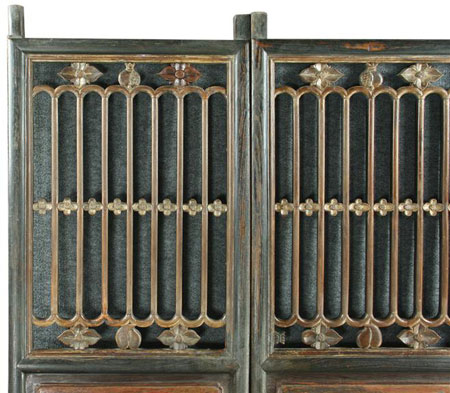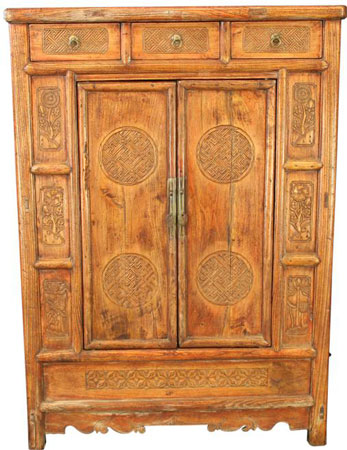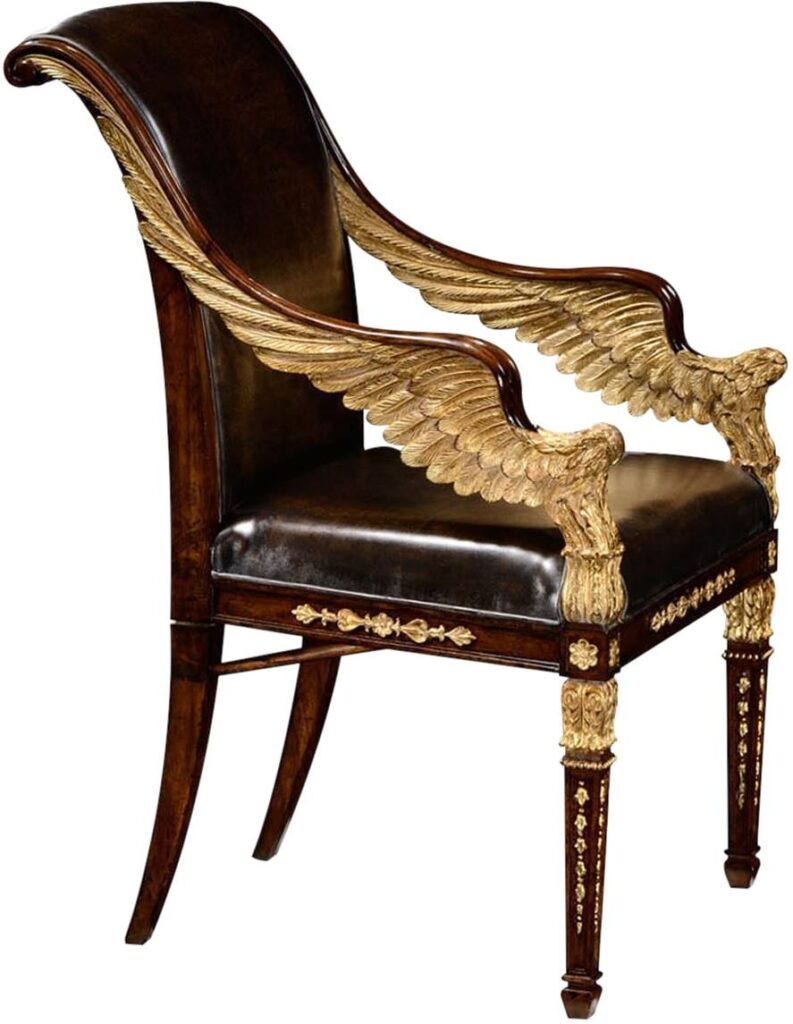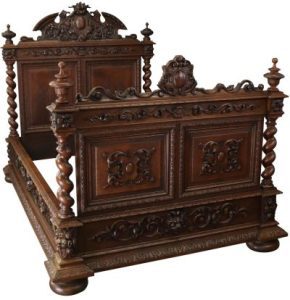Mini Cart
EuroLux Home
Exploring Antique Furniture and Home Decorating Ideas

Symbolism and Antique Chinese Furniture
One of my favorite aspects of Chinese Antique Furniture is the use of symbols to convey specific meanings for the owner. Symbolism has long been an important part of Chinese culture with particular animals, plants, and even geometric patterns representing ideas or concepts.

Dragons are a powerful symbol in Chinese mythology and symbolize power, authority, male vigor and fertility. They represent the "yang" force in the "yin-yang" dynamic. A Dragon is used as decorative trim around the edge of this Chinese Antique Cabinet above and as a decorative medallion in the center of the back splat of an Antique Chinese Chair in the photo below.

Running horses symbolize imminent success in Chinese culture, as seen on this Chinese Antique Chest of Drawers below. A bat hovers above the horses, adding good luck for the owner.

Antique Chinese Decor
According to Chinese belief, bats represent good luck, as the word for bat sounds very similar to "Fu", the word for good fortune or blessing. Two bats seen together doubles the good luck, while the representation of five bats together symbolizes the Five Blessings of life: wealth, health, virtue, a long life and a natural death. The four bats shown together on the back splat of this Antique Chinese Armchair below will bring quadruple luck to the owner!

Many pieces of Chinese Antique Furniture or Chinese Antique Architectural Elements use multiple symbolic objects, whose meanings combine to create a richly layered and complex interpretation for the owner. For instance, the beautifully carved Antique Chinese Doors below may have been created as a wedding gift for a new bride and groom.

Antique Chinese Doors
The Antique Chinese Doors feature a large Chinese character in a prominent position that represents health and longevity and is surrounded by four painted butterflies, which symbolize love and joy. These symbols on the lower area of this Pair of Antique Chinese Doors, taken in combination, express a wish for a long and happy marriage based on true love.

This beautiful message is further enriched by the symbolic objects found in the upper area of these Antique Chinese Doors: pomegranates (fertility), peaches (longevity), lotus flowers (purity and perfection), and peonies (material wellbeing and also female beauty and reproduction). Taken together, this complex interplay of symbolic meanings seems to convey warm wishes for a lifetime of marital bliss that is blessed with children.

I love how the juxtaposition of symbols on the Chinese Antique Cabinet below creates a deeper philosophical meaning for the owner. The geometric pattern found on the upper drawers and in the large, full moon medallions on the front doors is called the Wanzi, and is also known as the Buddha's Footprint.

Wanzi Symbol
In China, the Wanzi symbol represents the infinite multiplication of happiness, wealth, and longevity and comes from the Buddhist tradition. The Wanzi should not be confused with the swastika symbol of 1930s Nazi Germany, as Hitler's swastika is inverted in the opposite direction and tipped up at an angle.

This Chinese Antique Cabinet also has carved flowers that represent the seasons of the year: Chrysanthemum (Autumn), Peony (Spring), and Lotus (Summer).

The Lotus flower also adds another layer of symbolism in that it often represents the Buddha himself. The lotus plant grows in the mud, yet the pretty bloom arises from the muck untainted, a symbol of purity and perfection, and one that represents the way of Buddhism.

The combination of symbolic objects on this charming Antique Chinese Cabinet creates a complex, multi-layered meaning that juxtaposes the fleeting nature of time (the brief life of a flower, the passing of the seasons) with that which is eternal and infinite. A nice message to ponder while enjoying a beautiful and functional piece of Chinese Antique Furniture.
Asian Furniture at EuroLuxHome.com
Whether it's a 19th century Asian sideboard, or a lacquered armoire, console table or coffee table, we think antique Asian furniture can be a great fit in many of today's homes. Perhaps a an early 20th century bookcase with a beautiful lacquer is what your space needs. Many people think of Ming dynasty Chinese furniture when they imagine this style, but there is a wide variety Japanese, Tibetan, and Korean decor out there as well. To learn more about Asian furniture, check out our post here about an antique Chinese wedding bed.
At EuroLuxHome.com, we have a vast selection of antique furniture. From Chinoiserie to storage cabinets, Art Deco to Oriental furniture, we have something for everyone.
Thanks for stopping by the EuroLux Antiques Blog!





Thanks for your message! If it is a carved Chinese character, I have had great success posting a photo on yahoo answers and asking for translation from native speakers. Good luck! Aimee at EuroLuxAntiques.com